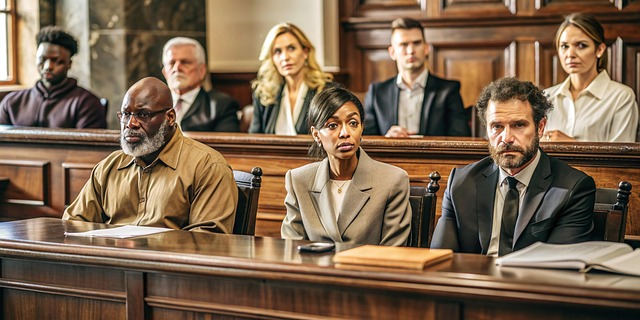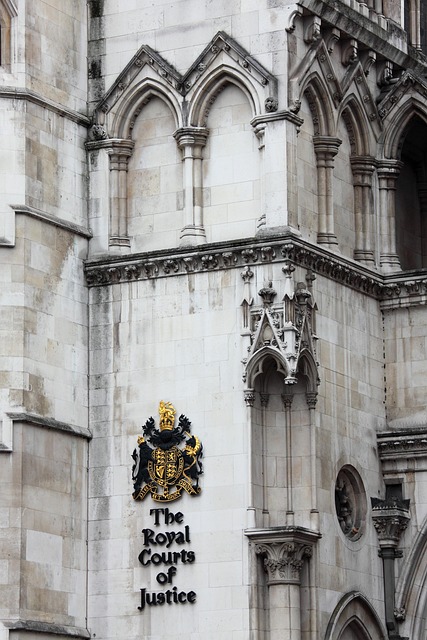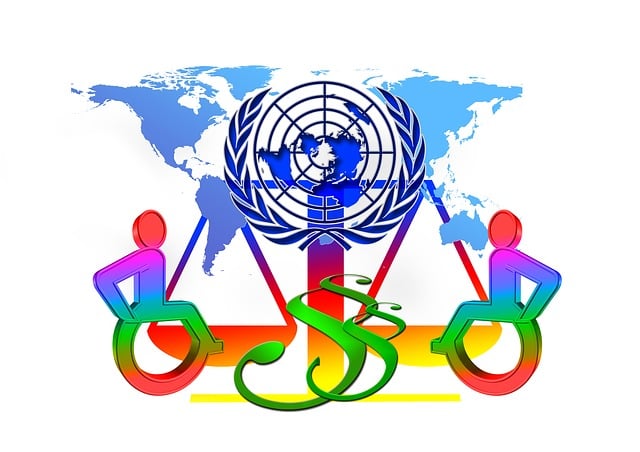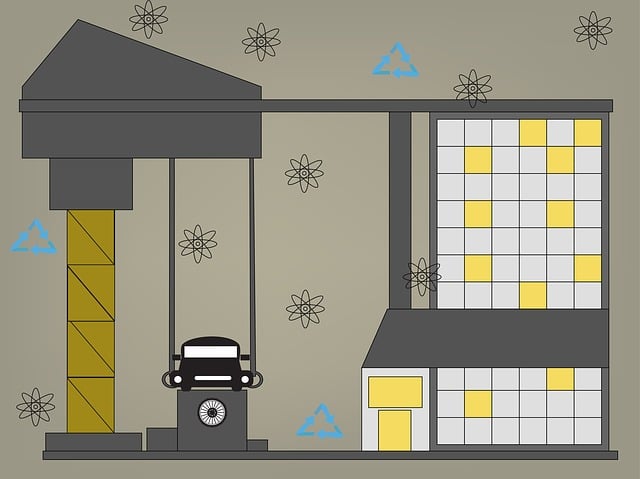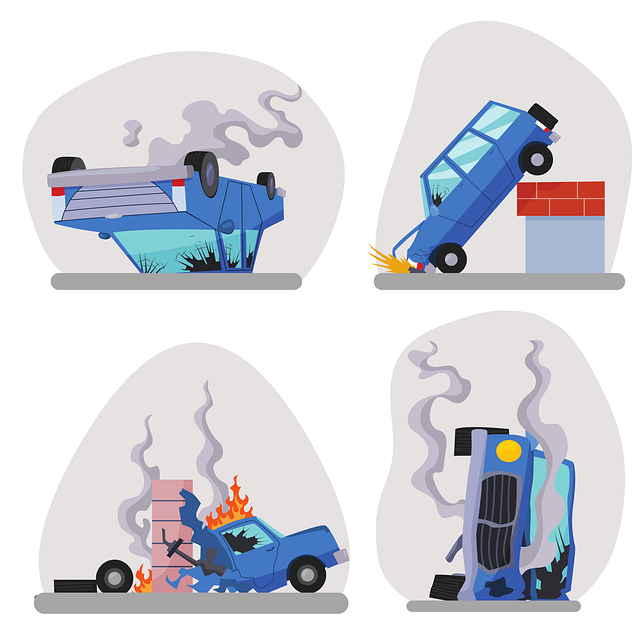After filing an injury lawsuit, a critical legal process begins with court-issued summonses, requiring defendants' responses within a specified timeframe. This involves preparing answers, exchanging evidence through discovery, and potentially pretrial hearings. The ultimate goal is resolution via negotiation or jury trial to determine liability and compensation, with key roles for plaintiffs, defendants, judges, juries, and attorneys specializing in injury law.
After completing the intricate process of filing an injury lawsuit, you might wonder what comes next. This article provides a comprehensive guide to help navigate the legal landscape post-filing. We explore the court proceedings, where you’ll meet key players like the plaintiff, defendant, judge, and jury. The evidence collection phase is crucial, involving medical records and witness statements. We also delve into the discovery process, preparing you for its intricacies. Understanding resolution options, whether through settlements or trials, along with post-resolution steps, ensures a clear path to justice.
- Legal Proceedings After Injury Lawsuit Filing
- – Overview of the court process
- – Roles of involved parties (plaintiff, defendant, judge, jury)
Legal Proceedings After Injury Lawsuit Filing

After an injury lawsuit filing is complete, the legal proceedings enter a crucial phase. The court will issue a summons, officially notifying the defendant(s) of the pending litigation and requiring their response within a specified timeframe. This typically involves preparing and submitting an answer, which can include admissions or denials regarding the allegations presented in the complaint.
Throughout this process, both parties engage in discovery, where they exchange relevant information, documents, and witness statements. In cases involving auto accident injuries, for instance, this may include medical records, police reports, and evidence from eyewitnesses. The goal is to uncover all facts pertaining to the incident, potentially leading to settlement negotiations or, if unsuccessful, a trial by judge or jury to determine liability and compensation. A skilled car accident lawyer can guide clients through these complex legal steps, ensuring their rights are protected throughout the proceedings.
– Overview of the court process

After an injury lawsuit filing is complete, the court process begins, marking a crucial phase in seeking justice and compensation. This legal journey involves a series of steps designed to resolve disputes fairly. The first stage typically entails initial pleadings where both parties present their cases, laying out the facts and legal arguments. This is followed by discovery, a thorough investigatory period where evidence is exchanged, witness testimonies are gathered, and documents related to the case are disclosed. This phase is pivotal in building a solid foundation for the trial.
In more complex cases, including business litigation or wrongful death claims involving serious injuries, the process can be intricate and time-consuming. The court will schedule pretrial hearings to manage the case, set deadlines, and ensure all necessary information is presented. During this period, legal teams strategize, negotiate, and prepare for the ultimate confrontation in the courtroom, aiming to reach a resolution or, if unsuccessful, proceed with a trial by jury to determine liability and damages.
– Roles of involved parties (plaintiff, defendant, judge, jury)

After an injury lawsuit filing is complete, a complex legal process begins involving several key parties. The plaintiff, who initiated the lawsuit, seeks compensation for their injuries and associated damages. The defendant, responsible for causing the injury, must defend against the allegations. A judge oversees the proceedings, ensuring fairness and interpreting the law as it applies to the case. The jury, comprised of citizens selected from the community, deliberates on the evidence presented and reaches a verdict.
These parties work together in a collaborative yet adversarial environment. The plaintiff’s attorney, often a car accident lawyer or an expert in personal injury law, presents their client’s case, while the defendant’s legal team argues against it. The judge facilitates discussions, rules on motions, and ultimately decides any disputes that arise during the process. This partnership disagreements between attorneys and their clients are resolved through this structured legal framework, aiming to deliver justice and a fair outcome in personal injury cases.
After completing an injury lawsuit filing, the legal process begins, panning out like a complex web where each party plays a crucial role. The plaintiff seeks justice and compensation, while the defendant defends their actions. The judge acts as the neutral arbiter, guiding the proceedings. Occasionally, a jury may be involved to reach a verdict. Understanding this framework is key to navigating the journey ahead, ensuring every step aligns with the goal of resolving the injury lawsuit fairly and efficiently.
